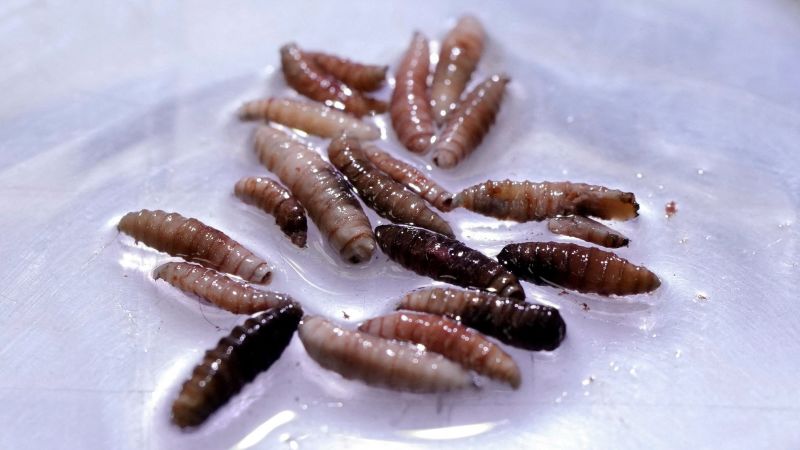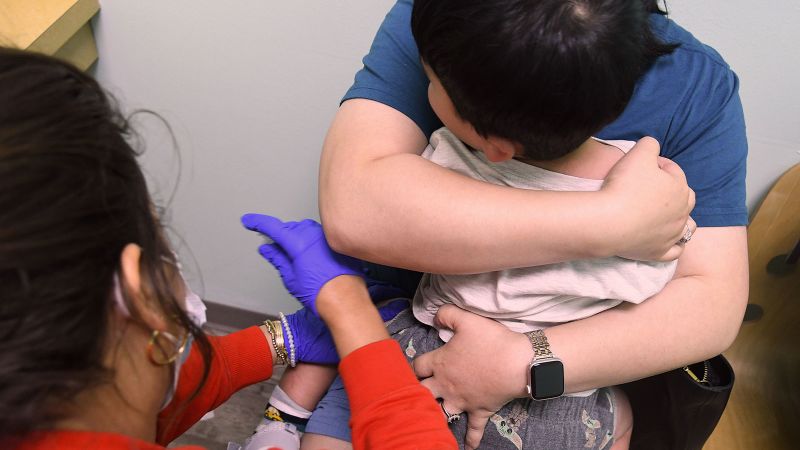
Rare New World Screwworm Infection Detected in Maryland
World | 8/25/2025
A singular instance of New World screwworm infection has been detected in Maryland, with the affected individual having recently traveled from El Salvador, according to a spokesperson from the US Department of Health and Human Services. New World screwworm, a parasitic fly species, is not typically found in the United States and poses a significant concern due to its potential impact on both humans and livestock. The identification of this case underscores the importance of vigilance in monitoring and preventing the spread of such rare diseases across borders.
New World screwworm infestations are a serious veterinary and public health issue, as the larvae of these flies can cause severe damage by feeding on living tissue in wounds. The last known outbreak of New World screwworm in the United States occurred in the Florida Keys in 2016, leading to widespread efforts to eradicate the pest through the release of sterile male flies to disrupt the reproductive cycle.
Authorities are currently investigating the circumstances surrounding the individual’s infection and travel history to determine the potential risk of further spread within the country. While New World screwworm cases in humans are exceptionally rare, prompt identification and containment are crucial to prevent any potential outbreaks or transmission to other individuals or animals.
Public health officials are urging healthcare providers to remain vigilant for any unusual cases of skin myiasis, the condition caused by New World screwworm larvae infestation, especially in individuals with a history of travel to regions where the parasite is endemic. Early detection and appropriate treatment are essential in managing such cases effectively and preventing complications.
In response to this isolated case, heightened surveillance measures may be implemented to monitor for any additional occurrences and prevent the establishment of New World screwworm populations in the United States. The collaboration between health authorities, veterinary agencies, and border control officials is essential in safeguarding public health and mitigating the risks associated with rare infectious diseases entering the country through human travel.


